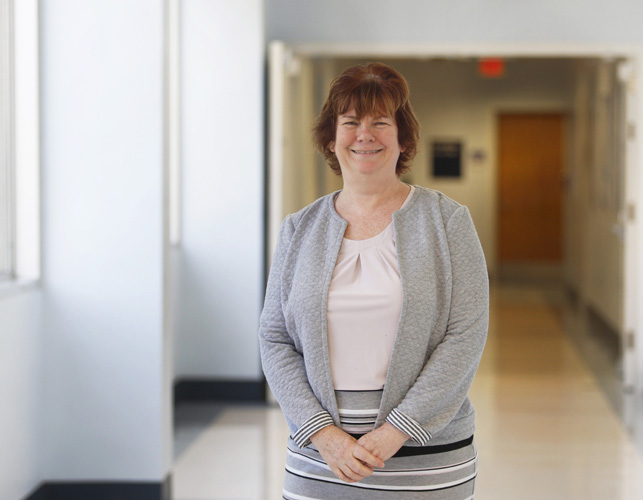
If you think Vero Beach somehow dodged the nationwide opioid epidemic, just spend a few minutes with Anne Posey, administrative director of the Behavioral Health Center at the Cleveland Clinic Indian River Hospital.
She’ll quickly convince you otherwise.
It is true that Indian River County doesn’t rank in the top 10 for drug overdose deaths in Florida – Palm Beach, Brevard and Okeechobee counties all do – but that’s not much consolation for thousands of local residents who have been impacted by opioid addiction.
Meanwhile, St. Lucie County saw its opioid-related death toll triple between 2014 and 2016, according to the Treasure Coast Regional Planning Council, and it is still increasing today.
The opioid problem in Florida is so pervasive, according to Posey, that a healthcare task has been formed to combat the crisis.
Posey says she is working with Vicki Soule at Treasure Coast Community Health, Carrie Maynard-Lester with Substance Awareness Center, Houston Park with Southeast Florida Behavioral Health and others in the task force to evaluate and implement new treatment approaches here.
Why are new opioid addiction approaches needed? In part because many of today’s opioids aren’t, strictly speaking, opioids anymore.
The Hazelden-Betty Ford Foundation explains. The term “opioid” originally applied only to medications made from natural opium poppies and to the illegal drug, heroin, but in 1996 Purdue Pharma began manufacturing OxyContin in the United States. By 2001 it was the best-selling synthetic narcotic pain reliever in the country.
“By 2004 OxyContin had become a leading drug of abuse in the United States,” according to the National Institutes of Health. That was due, in no small part, to Purdue training “its sales representatives to carry the message [to prescribing physicians] that the risk of addiction was less than 1 percent.”
That just wasn’t true. Not for OxyContin, or for oxycodone, hydrocodone, fentanyl or any of the other new generation of synthetic pain relieving “opioid” drugs. They are all every bit as addictive as heroin.
In fact, the Mayo Clinic now says, “opioid use – even short term – can lead to addiction and, too often, overdose. Anyone who takes opioids is at risk of developing addiction.”
If that’s not scary enough, the folks at the Mayo Clinic add, “legal or illegal, stolen and shared, these drugs are responsible for the majority of overdose deaths in the U.S. today,” as well as the addiction problems faced by many Americans.
In response, Posey and the task force have turned to what NIH calls “a whole patient” approach known as MAT, or Medication Assisted Treatment, because, as NIH says, “patients treated with medication are more likely to remain in therapy compared to patients receiving treatment that did not include medication.”
“From an evidence standpoint,” Posey explains, “it’s the treatment of choice.”
If you, a family member, a friend, neighbor or co-worker is struggling with opioid addiction, help is available.
Getting that help can start with a phone call: “They can call us at 772-563-4666, extension 6637,” Posey says. “That’s our rapid behavioral response team.”
Anne Posey is the administrative director at the Cleveland Clinic Indian River Hospital’s Behavioral Health Center at 1190 37th Street in Vero Beach.



